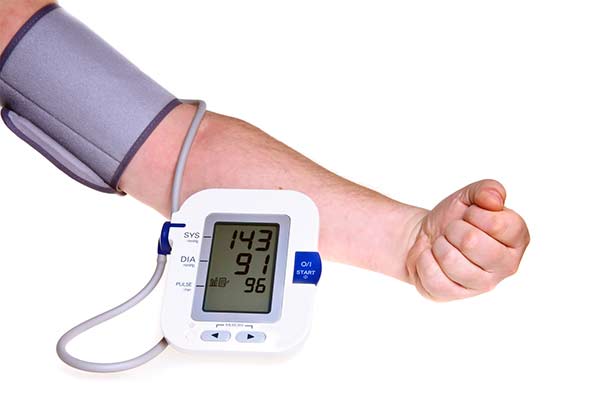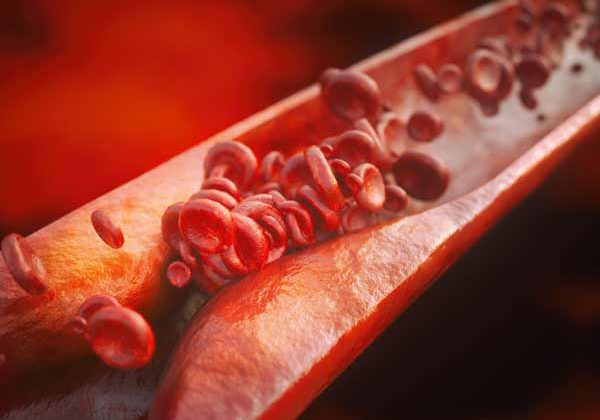Artificial intelligence could select heart failure patients for expensive treatment
Artificial intelligence (AI) has shown promise to select heart failure patients for expensive treatments to prevent lethal arrhythmias, reports a study presented at ICNC 2019.1 The study is the first to use a machine learning algorithm to predict sudden death in heart failure patients.
 The International Conference on Nuclear Cardiology and Cardiac CT (ICNC) is co-organised by the American Society of Nuclear Cardiology (ASNC), the European Association of Cardiovascular Imaging (EACVI) of the European Society of Cardiology (ESC), and the European Association of Nuclear Medicine (EANM).
The International Conference on Nuclear Cardiology and Cardiac CT (ICNC) is co-organised by the American Society of Nuclear Cardiology (ASNC), the European Association of Cardiovascular Imaging (EACVI) of the European Society of Cardiology (ESC), and the European Association of Nuclear Medicine (EANM).
Around 1–2% of adults in developed countries have heart failure, a clinical syndrome characterised by breathlessness, ankle swelling, and fatigue. A high proportion of deaths in these patients, especially those with milder symptoms, occur suddenly due to ventricular arrhythmias. Implantable cardioverter defibrillators (ICDs) or cardiac resynchronisation therapy with a pacemaker and defibrillator (CRT-D) are recommended for some patients to correct potentially lethal arrhythmias and reduce the risk of sudden death. However, these treatments are expensive and do not work in all patients.
Study author Professor Kenichi Nakajima, of Kanazawa University Hospital, Japan, said: “Our model calculated the probability of a sudden arrhythmic event with an area under the curve (AUC) of 0.74, where 1.0 is perfect prediction and 0.5 is a random result. This could be used to identify very low risk patients for whom an ICD or CRT-D is not required, and very high risk patients who should receive a device. Optimising risk evaluation in this way will improve the cost effectiveness of treatment.”
The study included 529 heart failure patients with known two-year outcomes for sudden arrhythmic events (including arrhythmic death, sudden cardiac death, and appropriate shock from an ICD) and death due to heart failure.
Machine learning – a type of AI used by the Google search engine and face recognition on smartphones – was used to discover how eight variables used to predict prognosis of heart failure patients were connected and create a formula correlating them to two-year outcomes.
The eight factors were age, sex, heart failure severity (New York Heart Association functional class), heart pumping function (left ventricular ejection fraction), whether heart failure was caused by restricted blood supply (ischaemia), B-type natriuretic peptide level in the blood, kidney function (estimated glomerular filtration rate), and a nuclear imaging parameter.
During the two-year follow-up there were 141 events (27%) consisting of 37 sudden arrhythmic events (7%) and 104 deaths due to heart failure (20%). The AUC for predicting all events was 0.87, while for arrhythmic events and heart failure death it was 0.74 and 0.91, respectively.
Professor Nakajima said: “This is a preliminary study and we can improve the prediction of arrhythmic events by adding variables and continuing to train the machine learning algorithm.”
The imaging parameter was heart-to-mediastinum ratio (HMR) of 123Iodine-metaiodobenzylguanidine (MIBG) uptake. MIBG is a radioisotope analogue of norepinephrine and is used to assess the activity of cardiac sympathetic nerves. Previous studies have shown that HMR predicts cardiac death in patients with heart failure. The measure is obtained by injecting MIBG into a vein, then using imaging to assess uptake in the heart and upper mediastinum (centre of the thoracic cavity).
Source: European Society of Cardiology (ESC)




